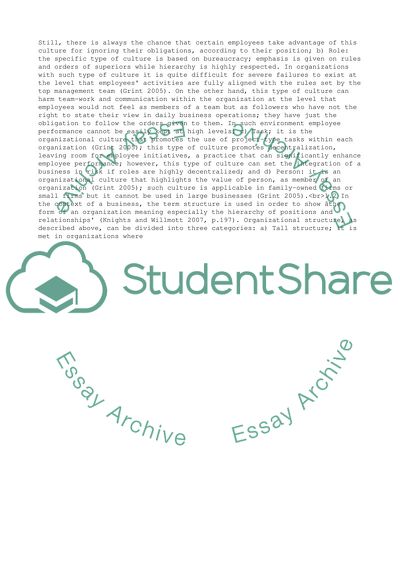Cite this document
(Organisations and Behaviour Essay Example | Topics and Well Written Essays - 2500 words - 4, n.d.)
Organisations and Behaviour Essay Example | Topics and Well Written Essays - 2500 words - 4. https://studentshare.org/management/1804964-organisations-and-behaviour
Organisations and Behaviour Essay Example | Topics and Well Written Essays - 2500 words - 4. https://studentshare.org/management/1804964-organisations-and-behaviour
(Organisations and Behaviour Essay Example | Topics and Well Written Essays - 2500 Words - 4)
Organisations and Behaviour Essay Example | Topics and Well Written Essays - 2500 Words - 4. https://studentshare.org/management/1804964-organisations-and-behaviour.
Organisations and Behaviour Essay Example | Topics and Well Written Essays - 2500 Words - 4. https://studentshare.org/management/1804964-organisations-and-behaviour.
“Organisations and Behaviour Essay Example | Topics and Well Written Essays - 2500 Words - 4”. https://studentshare.org/management/1804964-organisations-and-behaviour.


